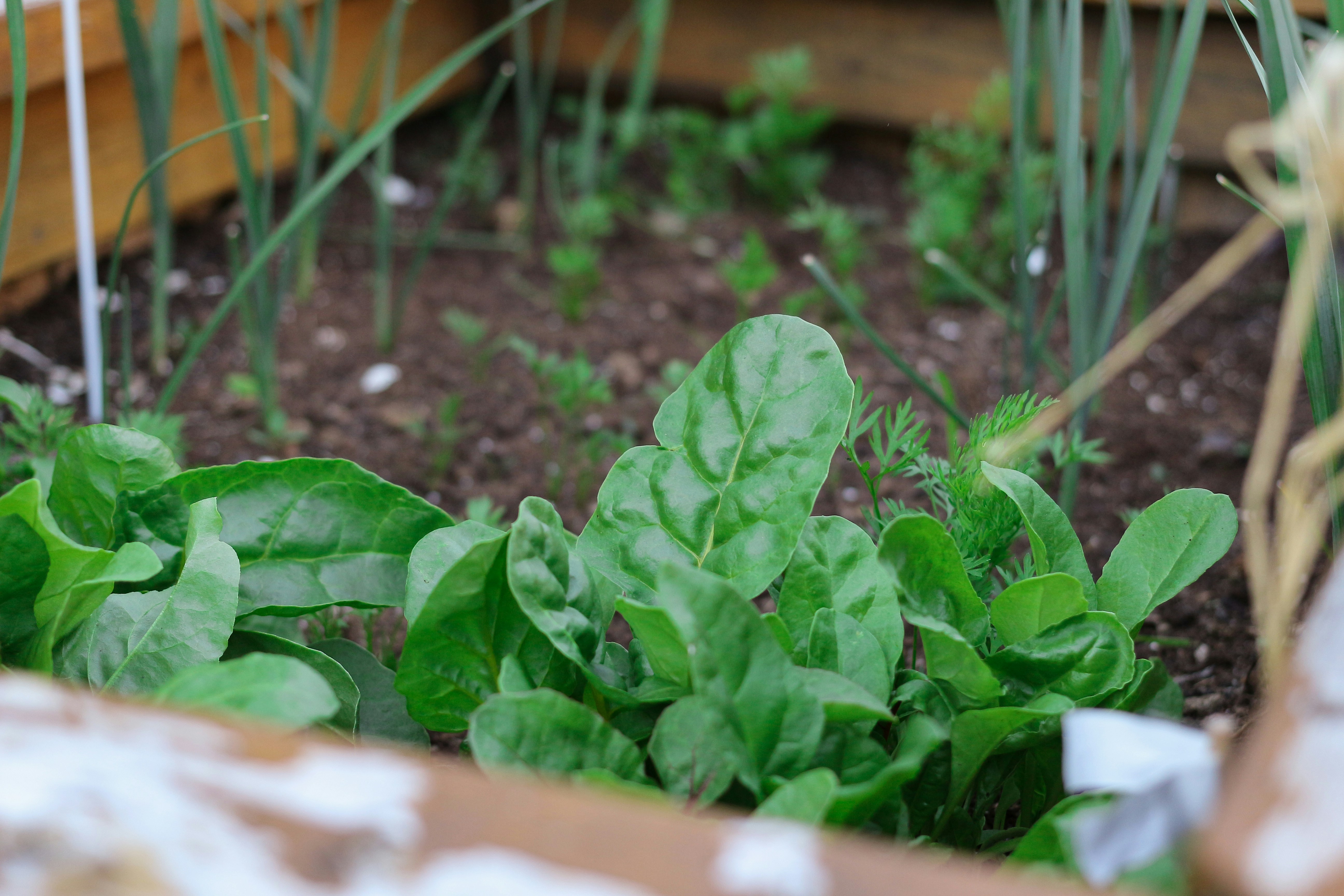Media release
From:
Feeding Cities after Global Catastrophes – New NZ Research
New, NZ-based research says near-urban agriculture and prior planning will help our cities survive global catastrophes.
New Zealand researchers are calling for the protection of productive near-urban land from development, citing their new study into how strategic investment in these areas now, can keep New Zealanders fed during global catastrophes.
In their study into food resilience to abrupt global catastrophic risks, NZ-based researchers provide a practical roadmap for food production in and around cities in catastrophic events such as nuclear winter, massive volcanic eruptions or extreme pandemics.
"During a global catastrophe that disrupts trade, fuel imports could cease, severely impacting the industrial food production and transportation systems that keep our supermarket shelves filled," says lead author Dr Matt Boyd of Adapt Research and Executive Director of Islands for the Future of Humanity.
“To survive, New Zealanders will need to dramatically localise food production in and around our cities. This research explores how we might do that.”
Using Palmerston North as a case study of a globally median-sized city, the study shows that urban agriculture using home gardens and parks within city limits could potentially feed about 20 percent of people.
The other 80% of a city’s food requirements could be grown in city-adjacent areas equivalent to a ring less than one-kilometre thick around the city.
The researchers also calculated the most efficient crops to grow both within and nearby the city to maximise caloric and protein yields. These included peas and potatoes in normal conditions and sugar beet, spinach, wheat and carrots during nuclear winter.
“Liquid fuel dependency is New Zealand’s Achilles' heel. We would run out of stockpiled fuel after about 160 days in a prolonged catastrophe,” says Dr Boyd.
“However, we found that setting aside just 9 percent of the required near-urban land for biofuel feedstock production would provide enough biodiesel to run the essential agricultural machinery.”
The researchers’ message to leaders is that implementation at this scale requires planning now. “Success depends on integrating food production into urban areas, protecting and making ready near-urban land, building local food processing infrastructure, ensuring seed availability and integrating food into our national security policy framework,” says Dr Boyd.
"The risk of global catastrophe is rising," says Dr Boyd. “These relatively modest investments could be the literal difference between survival and famine should the worst come to pass.”
The study titled “Resilience to abrupt global catastrophic risks disrupting trade: Combining urban and near-urban agriculture in a quantified case study of a globally median-sized city” is produced in affiliation with the registered charity Islands for the Future of Humanity and will be published in the international journal PLOS ONE.



 New Zealand
New Zealand



